AI vs. ML vs. Generative AI: Basics
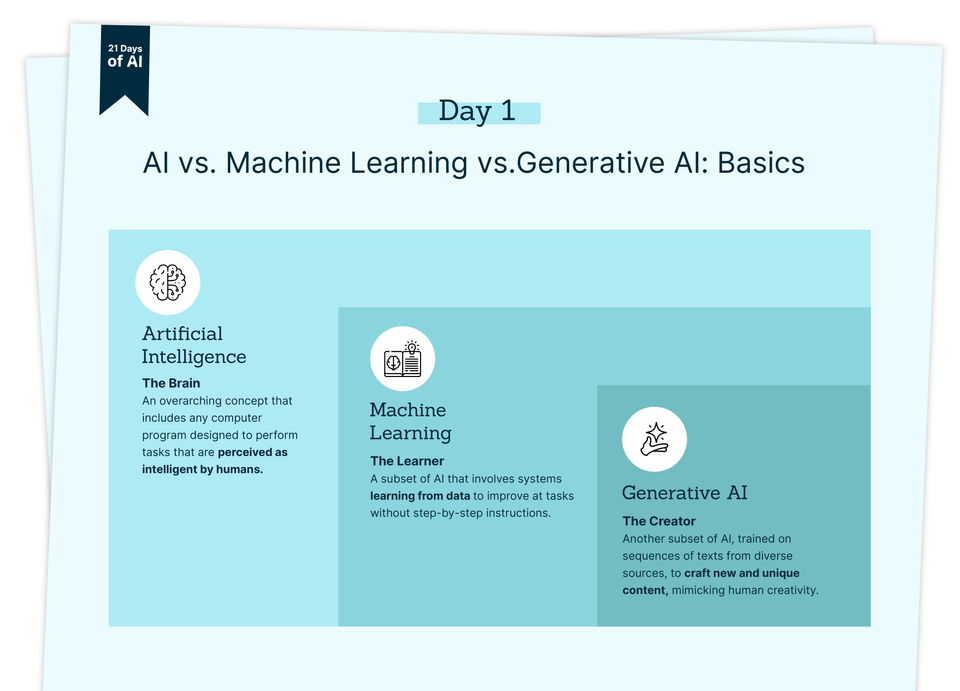
What if we tell you that even if you can spare just 10 minutes a day, you can still learn all about AI?
Hello, and welcome to "21 Days of AI"! 👋
Over the next three weeks, we'll break down AI into fun, digestible pieces—perfect for anyone in the multifamily sphere, tech whiz or not!
What’s in it for you?
- Gain a comprehensive understanding of key AI concepts.
- Pick up valuable terms and fun facts to share.
- Learn how to navigate tech conversations effortlessly.
So grab your coffee, and let's explore together what is AI, ML and GenAI.
While all three terms-Artificial Intelligence (AI), Machine Learning (ML), and Generative AI (GenAI), might seem interchangeable, they actually refer to different aspects of technology.
- AI is the overarching concept that includes any computer program designed to perform tasks that are perceived as intelligent by humans.
- Machine Learning is a subset of AI that involves systems learning from data to improve at tasks without being explicitly programmed for each task.
- Generative AI, another subset of AI, is trained on sequences of texts from diverse sources, enabling it to generate new content that mimics human-like creativity.
Let’s demystify these concepts further with some clear examples, focusing on how they play distinct roles in the tech world.
AI can Checkmate a Grandmaster

Artificial Intelligence, or AI, is a broad term that isn't limited to any specific technology but refers to machines performing tasks that is usually perceived as intelligent by humans—like playing chess.
This concept was dramatically demonstrated in 1997 when IBM’s Deep Blue defeated Garry Kasparov, the reigning world chess champion, in a historic match. It was the first time a computer system won against a human under standard tournament conditions, showing that machines could handle complex cognitive tasks previously thought to be beyond their capabilities.
Initially, AI started with simpler tasks but has evolved to manage more complex challenges, using technology designed to replicate human actions. Now, AI is fundamentally a tool that mimics human behavior in various contexts.
Machine Learning Can Reveal Your Next Binge-Watch
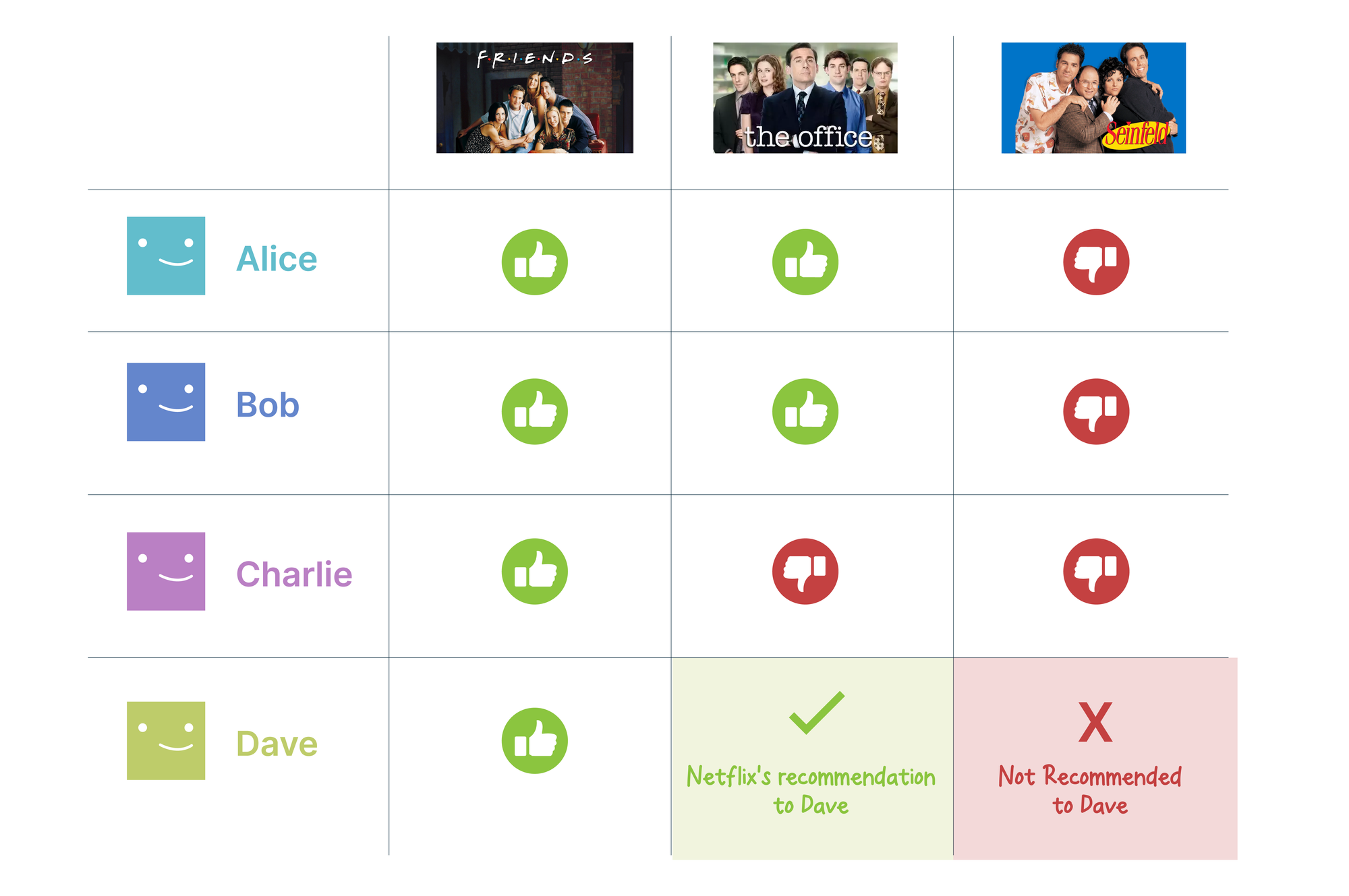
Machine Learning is a subset of AI, focused specifically on the idea that machines can learn from data, identify patterns, and make decisions with minimal human intervention.
Consider four Netflix viewers: Alice, Bob, Charlie, and Dave. Alice and Bob enjoy both "Friends" and "The Office." Charlie, on the other hand, likes "Friends" but not "The Office." When Dave, another fan of "Friends," seeks a show recommendation, the system suggests "The Office." This is because, despite Charlie's preferences, 66% of the viewers who like "Friends" also enjoy "The Office."
The system doesn’t need to analyze the content of the shows but simply recognizes the pattern among viewers.
This scenario demonstrates Machine Learning (ML), where computers analyze large sets of data to make decisions. ML enables computers to recognize patterns like the show preferences among Netflix users and predict similar interests among them.
Generative AI Knows Where Jack and Jill Went

Imagine if "Jack and Jill died"! Sounds shocking, right? However, in the realm of Generative AI (GenAI), such unexpected twists are rare.
Generative AI, another subset of AI, uses what it knows to create new, coherent pieces of text, complete phrases, or even whole articles by applying sequences of text it has learned from various sources. So typing "Jack and Jill..." into a system like ChatGPT typically results in "...went up the hill" because it has read this rhyme countless times across its data sources.
It specializes in learning from vast amounts of text by continuously reading and integrating content, effectively absorbing a significant portion of the internet. This process allows GenAI to recognize and understand patterns within the data. It knows that after "Jack and Jill went," the words "up" and "the hill" usually follow. GenAI's ability to predict and complete phrases, sticking to statistically probable outcomes, exemplifies its capability to apply learned data patterns in making decisions.
Now that you've got the scoop on AI, ML, and GenAI, you won't get tripped up by tech talk anymore. The next time someone drops these terms, you'll not only keep up but might even check if they really know their stuff!
And that wraps up our Day one of "21 Days of AI!"
We hope you enjoyed this introductory dive into the world of AI.
Stay tuned for the next edition, where we'll explore another fascinating aspect of AI. Remember, understanding AI doesn't have to be complicated—it can be as simple and as fun as predicting the next line of your favorite nursery rhyme!
Thanks for reading! Feel free to let us know what AI topics you're curious about or want to understand better!

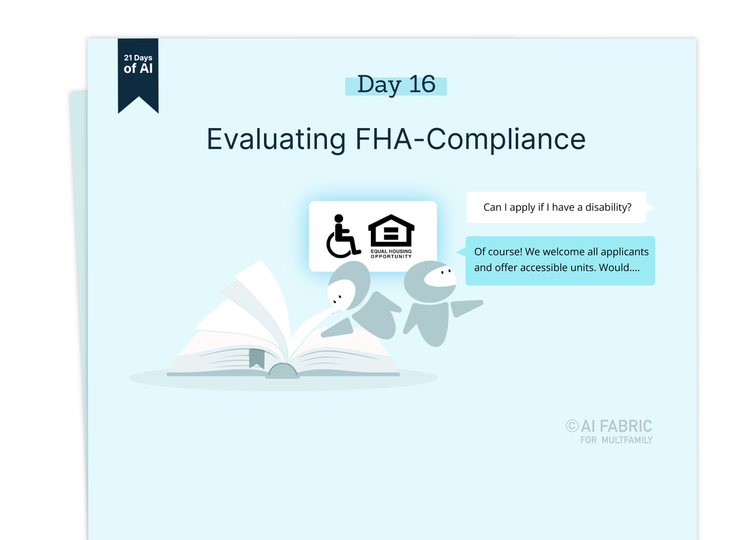
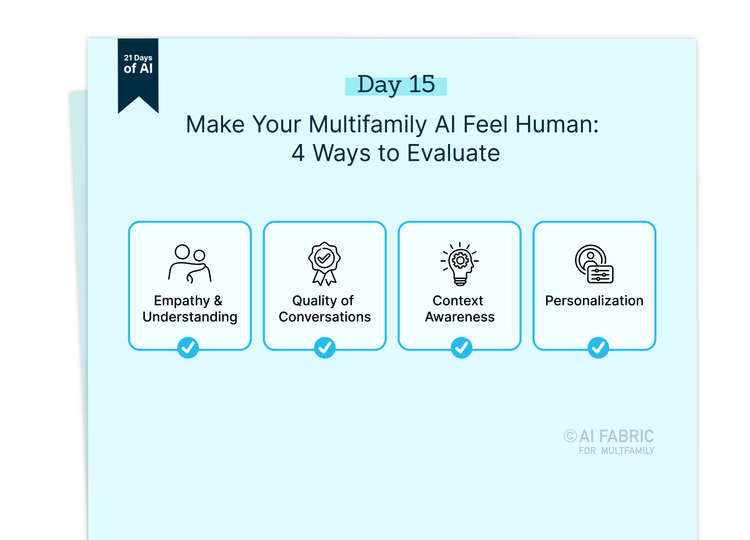
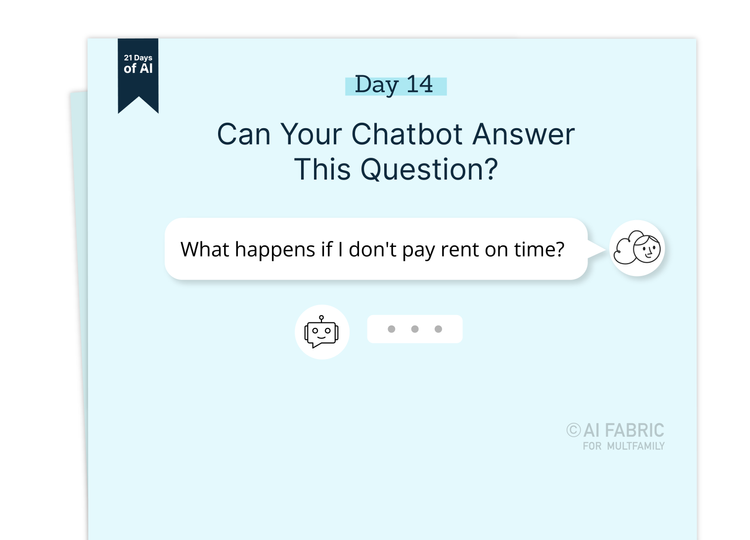
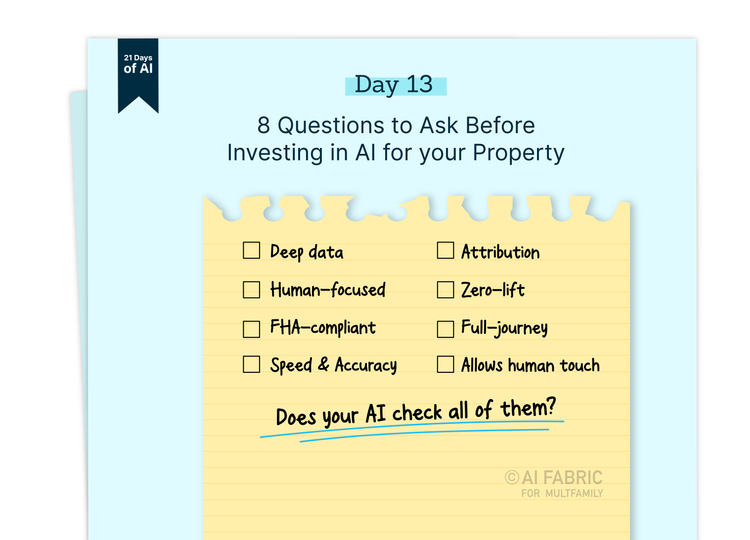

Member discussion